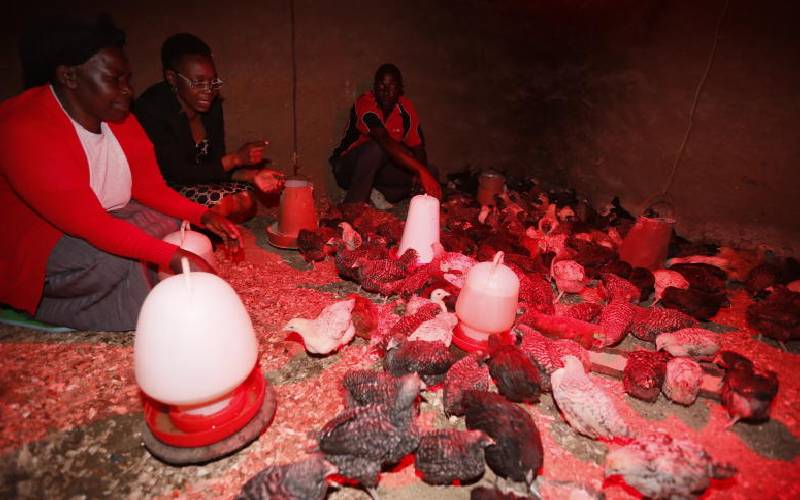×
The Standard e-Paper
Join Thousands of Readers

Dear Dr Messo,
I am an ardent reader of your weekly article in The Saturday Standard. As shared with you in the photos, my 41-days-old layer chicks developed a sickness that I cannot understand. They are sneezing and producing discharges from their nostrils. I have tried several antibiotics. They are not responding to the drugs. I’m worried that the disease may be fatal. I have vaccinated them fully. Now they are 55-days-old. Please advise.